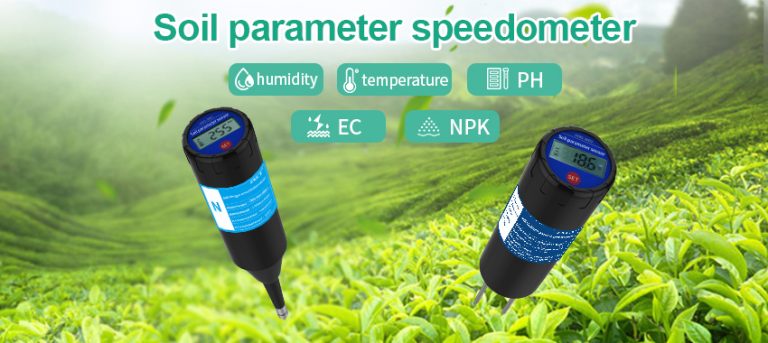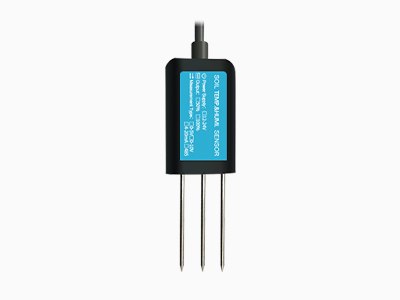Understanding Soil Humidity Sensors
A soil humidity sensor is an electronic device that measures soil moisture content. These sensors employ a range of technologies, including capacitance, resistance, and time-domain reflectometry, to measure the soil’s ability to conduct electricity or reflect electromagnetic waves. The sensors provide information about the soil’s water holding capacity, allowing farmers to optimize their irrigation practices and ensure optimal crop growth.

Key Features of Soil Humidity Sensors
Modern soil humidity sensors offer several key features that revolutionize traditional irrigation practices. Firstly, they provide real-time data on soil moisture levels, enabling farmers to adjust their irrigation schedules based on soil requirements. Secondly, these sensors can be deployed wirelessly, eliminating the need for manual data collection and reducing labor costs. Additionally, some soil humidity sensors offer customized alerts and notifications, providing timely information about soil moisture and water availability.

Benefits of Soil Humidity Sensor
The adoption of soil humidity sensors brings numerous benefits to both farmers and the environment. By providing real-time data on soil moisture levels, these sensors enable precise water management and reduce water wastage. Farmers can optimize their irrigation practices based on actual soil conditions, ensuring efficient water use and optimal crop yields. Moreover, soil moisture data collected by these sensors can be used to develop predictive models for yield forecasting and crop selection.
Applications of Soil Humidity Sensor
Soil humidity sensor find applications across various agricultural sectors, ranging from small-scale farms to large agribusinesses. In precision agriculture, these sensors enable farmers to adopt data-driven irrigation practices, reduce water use, and improve crop health. The horticulture industry also benefits from the use of soil humidity sensors in monitoring moisture levels in substrates used for potted plants. Additionally, researchers utilize soil humidity sensors to study the impact of soil moisture on plant growth and water conservation.

Integration with IoT and Big Data Analytics
The integration of soil humidity sensors with other Internet of Things (IoT) technologies and big data analytics holds tremendous potential for enhancing precision agriculture practices. Through IoT connectivity, soil humidity sensors can transmit real-time data to centralized platforms for advanced analysis and decision-making. This enables farmers to optimize their irrigation schedules based on customized recommendations and predictive models generated from historical data. The integration of big data analytics with soil humidity sensors offers unparalleled insights into soil moisture patterns, helping farmers make informed decisions that optimize crop production.
The Future of Agriculture with Soil Humidity Sensors
The widespread adoption of soil humidity sensors holds tremendous potential for the future of agriculture. As technology continues to evolve, soil humidity sensors can be further enhanced with advanced features such as remote control capabilities, weather prediction algorithms, and predictive maintenance. Additionally, the development of smart irrigation systems that integrate soil humidity sensors and other IoT technologies will enable precise water delivery to crops based on actual soil conditions.
Conclusion:
Soil humidity sensors represent a game-changer in the field of precision agriculture. Their ability to provide real-time data on soil moisture levels enables farmers to make data-driven irrigation decisions, reducing water wastage and optimizing crop yields. The integration of soil humidity sensors with IoT and big data analytics offers unparalleled insights into soil moisture patterns, enhancing precision agriculture practices. By harnessing the power of soil humidity sensors, we can usher in a future where efficient water use and optimal crop yields go hand-in-hand.
